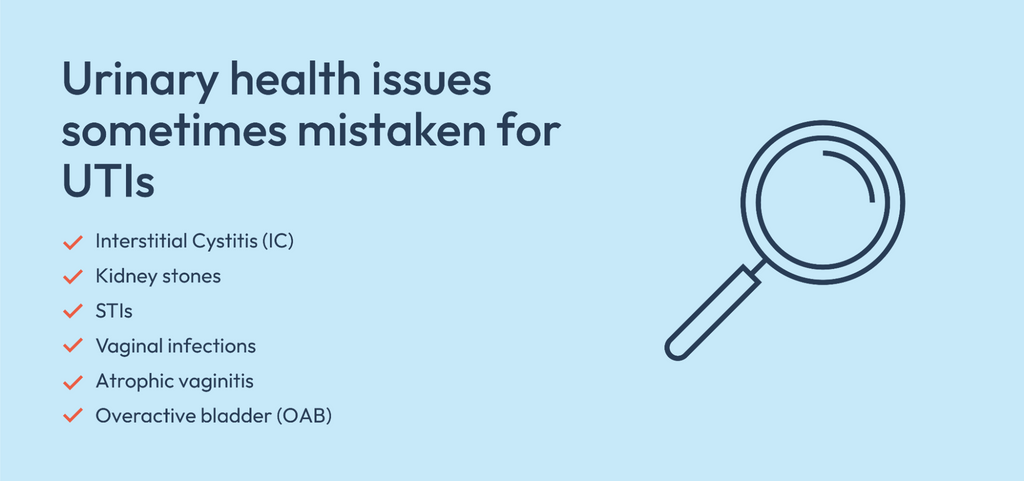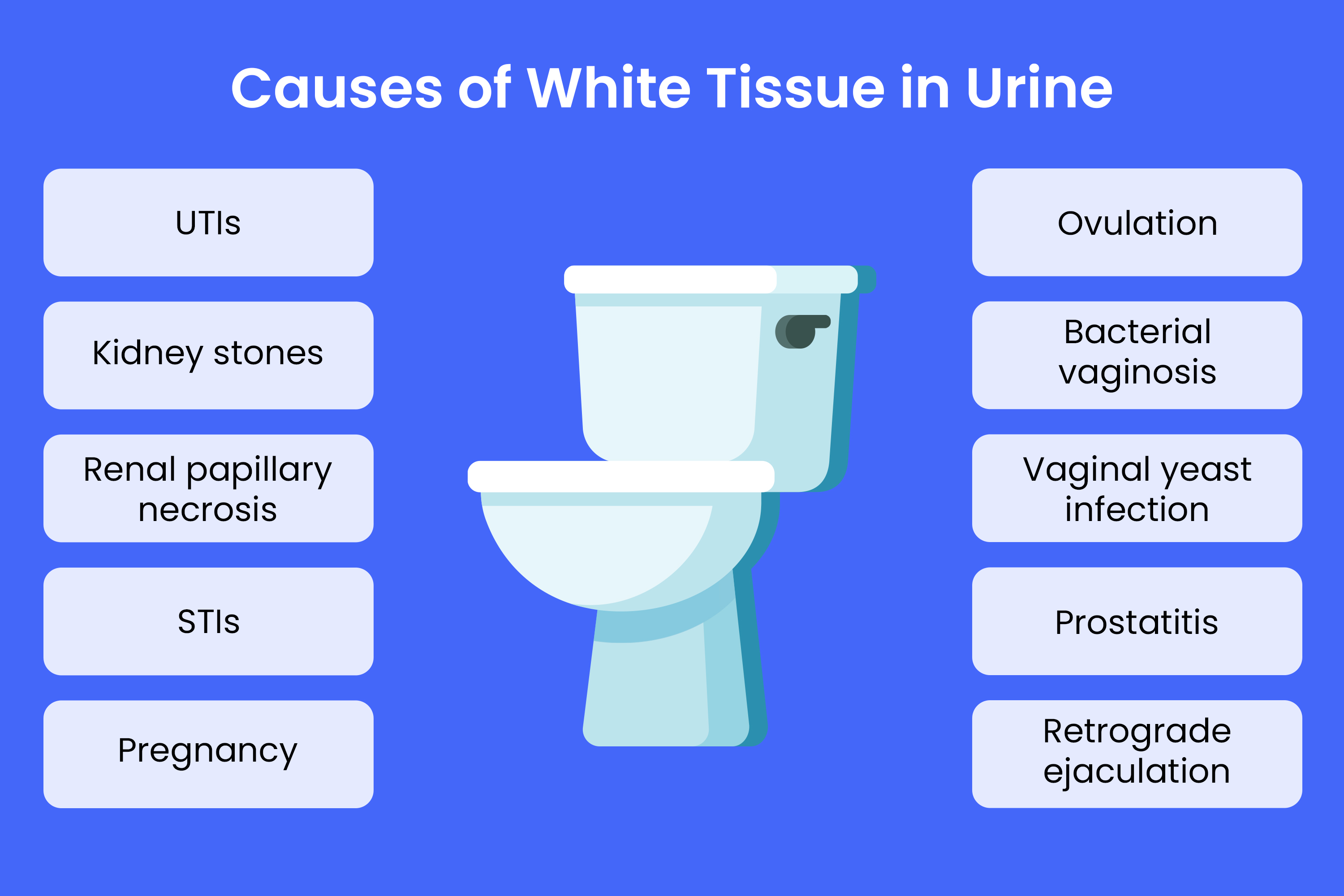Browsing the Signs of Kidney Stones vs UTI: A Comprehensive Contrast
Browsing the Signs of Kidney Stones vs UTI: A Comprehensive Contrast
Blog Article
A Comparative Research of the Danger Elements and Prevention Approaches for Kidney Stones and Urinary System Tract Infections: Insights for Better Health And Wellness
The boosting prevalence of kidney stones and urinary system tract infections (UTIs) necessitates a closer assessment of their interrelated threat factors and avoidance strategies. By recognizing and addressing these shared vulnerabilities, we can establish a lot more reliable approaches to mitigate the dangers connected with each. Kidney Stones vs UTI.
Introduction of Kidney stones
Kidney stones are a common urological problem, affecting about 10% of people at some time in their lives. These solid mineral and salt deposits develop in the kidneys when urine comes to be focused, enabling minerals to crystallize and bind with each other. The composition of kidney stones differs, with calcium oxalate stones being one of the most prevalent, complied with by uric acid, struvite, and cystine stones.
Threat variables for the growth of kidney stones consist of dehydration, dietary habits, excessive weight, and certain clinical problems such as hyperparathyroidism or metabolic disorders. Symptoms of kidney stones can vary from mild discomfort to extreme discomfort, commonly offering as flank pain, hematuria, and urinary seriousness.

Recognizing Urinary System Infections
Urinary tract infections (UTIs) represent a common medical problem, especially amongst ladies, with approximately 50-60% experiencing a minimum of one UTI in their lifetime - Kidney Stones vs UTI. UTIs happen when bacteria enter the urinary tract, leading to swelling and infection. This problem can influence any kind of component of the urinary system, consisting of the kidneys, ureters, bladder, and urethra, with the bladder being the most commonly influenced website
The professional discussion of UTIs usually consists of signs such as dysuria, increased urinary system frequency, seriousness, and suprapubic pain. In many cases, people may experience systemic symptoms such as fever and chills, suggesting an extra severe infection, potentially entailing the kidneys. Medical diagnosis is largely based on the existence of symptoms, affirmed by urinalysis and urine society to recognize the causative microorganisms.
Escherichia coli is one of the most common virus connected with UTIs, making up approximately 80-90% of cases. Danger elements include anatomical tendencies, sex-related task, and specific medical problems, such as diabetic issues. Recognizing the pathophysiology, medical indications, and diagnostic requirements of UTIs is critical for effective administration and avoidance strategies in susceptible populaces.
Shared Threat Factors
A number of common threat factors add to the advancement of both kidney stones and urinary system system infections (UTIs), highlighting the interconnectedness of these 2 problems. Dehydration is a prominent danger aspect; poor liquid consumption can lead to concentrated urine, promoting the development of kidney stones and producing a desirable atmosphere for microbial development, which can precipitate UTIs.

Hormone aspects, especially in women, may additionally function as shared risk factors. Adjustments in estrogen degrees can impact urinary system health and wellness and stone development. In addition, weight problems has been recognized as a typical danger factor, where excess weight can bring about metabolic modifications that favor both kidney stone advancement and urinary system infections. Acknowledging these shared risk variables is necessary for comprehending the complex connection between these 2 health and wellness concerns.
Prevention Approaches
Comprehending the common risk variables for kidney stones and urinary system tract infections highlights the importance of applying effective avoidance strategies. Central to these techniques is the promo of adequate hydration, as adequate liquid consumption waters down pee, lowering the concentration of stone-forming compounds and decreasing the risk of infection. Health care professionals usually recommend drinking at least 2 to 3 liters of water daily, tailored to private demands.
Furthermore, websites nutritional alterations play an essential duty. A well balanced diet reduced in salt, oxalates, and animal healthy proteins i loved this can alleviate the formation of kidney stones, while boosting the usage of fruits and veggies supports urinary system system health. Regular tracking of urinary pH and structure can likewise help in recognizing proneness to stone formation or infections.
Furthermore, maintaining appropriate health methods is important, particularly in women, to protect against urinary system tract infections. On the whole, these prevention strategies are important for minimizing the incidence of both kidney stones and urinary system infections.
Way Of Life Alterations for Health And Wellness
Implementing details way of life modifications can dramatically lower the danger of developing kidney stones and urinary tract infections (UTIs) A balanced diet plays a vital role; raising fluid consumption, particularly water, can water down pee and help avoid stone development as well as flush out microorganisms that might lead to UTIs.
Normal exercise is also important, as it promotes general wellness and help in preserving a healthy and balanced weight, additional reducing the danger of metabolic conditions connected with kidney stones. Additionally, practicing excellent hygiene is necessary in protecting against UTIs, specifically in women, where cleaning strategies and linked here post-coital peeing can play preventive roles.
Avoiding excessive caffeine and alcohol, both of which can exacerbate dehydration, is advisable. Normal clinical exams can assist keep an eye on kidney function and urinary wellness, determining any very early indicators of problems. By embracing these way of life modifications, people can improve their general health while efficiently minimizing the risk of kidney stones and urinary tract infections.
Final Thought
To conclude, the relative analysis of kidney stones and urinary system infections underscores the significance of shared risk elements such as dehydration, nutritional behaviors, and obesity. Implementing reliable prevention techniques that concentrate on ample hydration, a well balanced diet plan, and regular exercise can alleviate the occurrence of both problems. By dealing with these typical components via lifestyle modifications and boosted health methods, individuals can boost their general health and wellness and decrease their susceptability to these prevalent health and wellness concerns.
The boosting occurrence of kidney stones and urinary system infections (UTIs) demands a more detailed exam of their interrelated threat aspects and prevention techniques - Kidney Stones vs UTI. The make-up of kidney stones varies, with calcium oxalate stones being the most prevalent, followed by uric acid, struvite, and cystine stones
Therapy choices vary based on the dimension and type of the stone, varying from conventional management with increased fluid intake to medical intervention like lithotripsy or medical elimination for bigger stones. Additionally, obesity has been recognized as a common risk element, where excess weight can lead to metabolic modifications that prefer both kidney stone growth and urinary system infections.Understanding the shared danger aspects for kidney stones and urinary system system infections emphasizes the importance of applying effective avoidance approaches.
Report this page